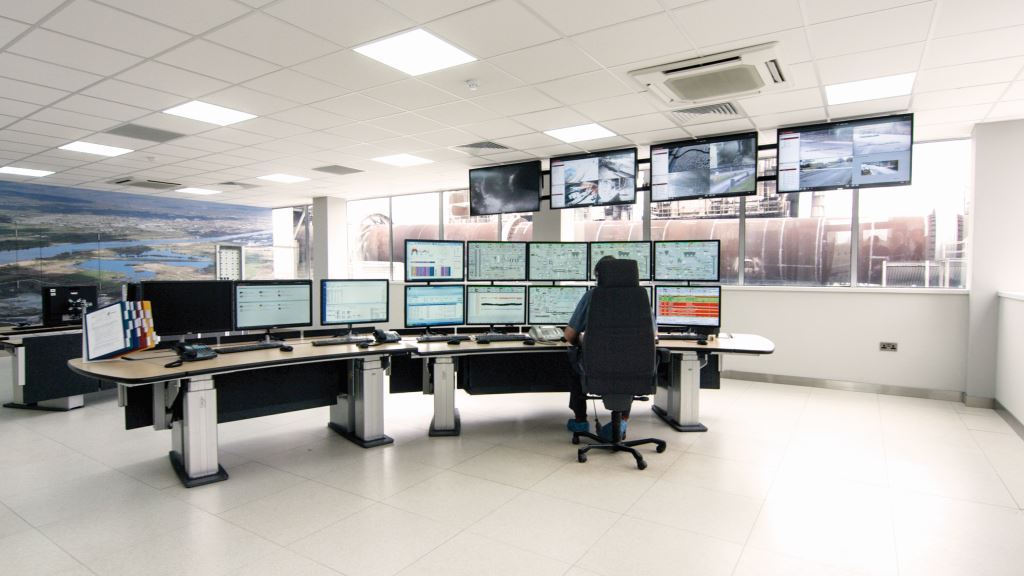Irish Cement is tremendously proud of its unique heritage and the work done by previous generations of staff. Its current generation of staff also recognises its responsibility to ramp up further the pace of change and address industry carbon emissions.
The world has transformed over the past 85 years. Think back to Ireland of the 1930s, when our grandparents tell tales of walking to school barefoot, ponies and traps, black bicycles, and very few cars on the roads. By and large, they recall simpler times when the pace of life seemed more relaxed. There were very few telephones, let alone smartphones. Instead, there were telegrams, letters, and messenger boys, no urgent emails demanding an immediate response. Farming was as vital in Ireland then as it is now, and the Electricity Supply Board had been established just a decade earlier. Rural electrification was transforming communities throughout Ireland, and today we all recognise the important role electricity plays in our daily lives. There is something else from that era, which is vital to our daily lives but is often overlooked.
Founding of Irish Cement
On 23 May 1938, Sean Lemass, then Minister for Industry and Commerce, surrounded by other dignitaries, pushed an oversized red button and two cement factories, one on the banks of the Boyne in Drogheda, the other in Mungret outside Limerick, sprang into life. The location of the Cement Ltd (later to become Irish Cement) factories had been carefully chosen to be close to abundant supplies of limestone, ports for the importation of fuel, and centres of the population for the sale of its product. From that day on, cement used in concrete and mortar has been one of the key ingredients in the foundations of the Irish State. Irish Cement has been at the forefront of manufacturing high-quality cement since 1938, and cement continues to be a critical ingredient in our modern economy. During those eight and a half decades, Irish Cement has transformed its operations through upgrades and continuous investment in the most energy-efficient cement manufacturing technology.
Irish Cement today
Today’s workforce in Irish Cement is tremendously proud of that unique heritage and the work done by previous generations. They also recognise the responsibility of this current generation to ramp up further the pace of change. That change is to address the carbon emissions from the cement industry and to further improve the resource efficiency of its operations. The cement sector has committed to being carbon neutral by 2050, and progress is well underway. Already, a typical bag of Irish Cement has a 20% lower carbon footprint compared to the 1990s. It is still the same great cement that delivers the same great performance, but you can have confidence knowing its production had less impact on our environment, both in terms of climate change and circular economy.
These reductions have been achieved through energy efficient investments, which need less energy to make each tonne of cement; the introduction of lower carbon CEM II cements, Ireland’s most popular cement; and the replacement of imported fossil fuels using locally sourced alternative fuels. Continuous investment in training and development of the workforce has underpinned these developments.
The future of Irish Cement
Maintaining quality and cement performance for customers remains the top priority as the company innovates and becomes more sustainable in the way it makes cement. In 15 years, when Irish Cement will celebrate 100 years in business, the way cement is manufactured will be radically different from today. To achieve those improvements, further investment will be made to reduce fossil fuel consumption and make operations more resource efficient. Irish Cement is committed to maintaining its leadership position as Ireland’s high-quality cement maker through innovation, collaboration and a recognition of its unique heritage.




